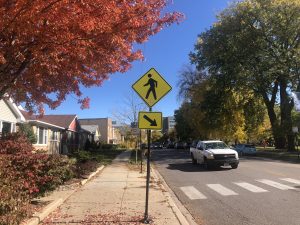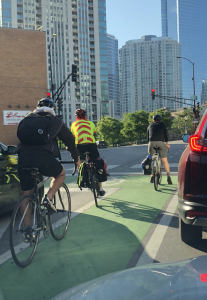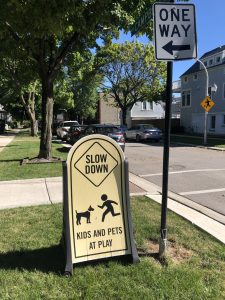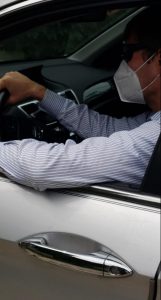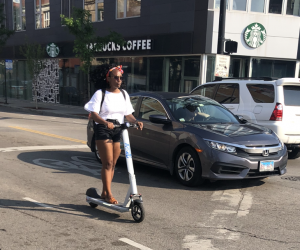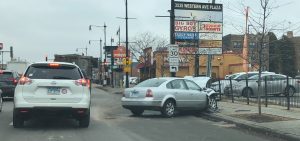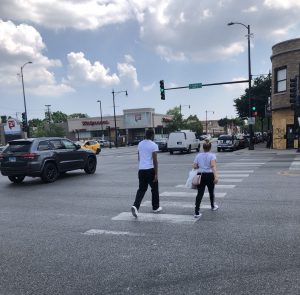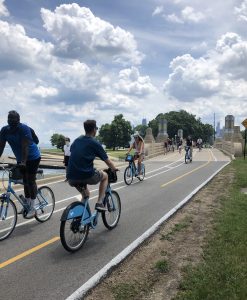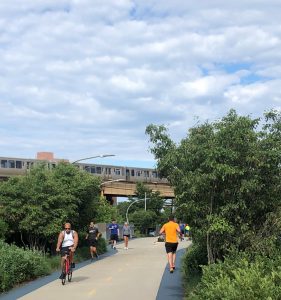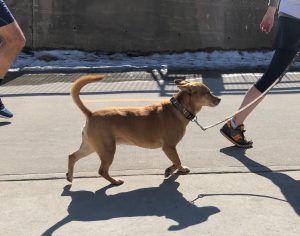Helsinki, Finland has made strides in pedestrian safety with zero pedestrian fatalities in 2019. Despite designing crosswalks with the safety of pedestrians in mind, 500 people in America are killed each year using them according to a Smart Cities World article. Though America is larger than Helsinki and more populated, 500 is disturbingly high for a country that has pledged to decrease that number. Perhaps, the commitment and the fervor for pedestrian safety needs to be restored?
Locally, the city of Chicago has rallied for crosswalk safety for the pedestrians who are the most vulnerable when road safety is not prioritized or overlooked. Areas considered high crash corridors such as Milwaukee Avenue in Logan Square would benefit in the formation of more protected bike lanes, bus boarding islands, a reduction of parking spots. Personal injury attorneys at Zneimer & Zneimer, P.C., believe the installation of more crosswalks in these areas would help save lives and prevent lessen accidents. Milwaukee from Western to Sacramento saw 446 crashes from 2014 to 2018. Zneimer& Zneimer PC see the need for an empathetic street design that will prioritize car-free modes, hence the implementation of adequate infrastructures like protected bike lanes and crosswalks. Dongho Chang of Curbed argues that, “More people feeling comfortable crossing will encourage more use and meet the federal guidelines for additional treatments like crosswalks and stop control.
Intelligent transportation infrastructure technology provider, Applied Information, is introducing a configurable Pedestrian Crossing Safety System (PCSS) to improve safety at midblock crossings, which if utilized might just help reduce the fatalities and crashes drastically in half or more for the entire nation. This technology, coupled with public awareness and the addition of more improvements such as bump outs and crosswalks make the streets and public spaces in general, more inviting and safer for pedestrians, cyclist and drivers, as well. Even as the pandemic rages, and people are suffering, it is essential not to lose sight of efforts to make our streets safer and aim for zero fatalities as our European counterparts in Finland.
 Chicago Accident Lawyer Blog
Chicago Accident Lawyer Blog


